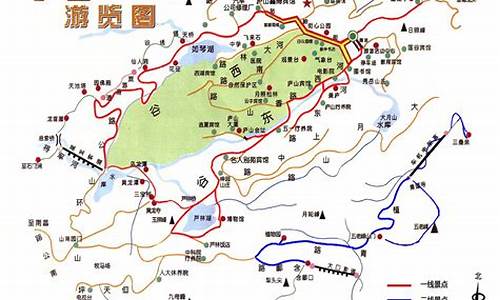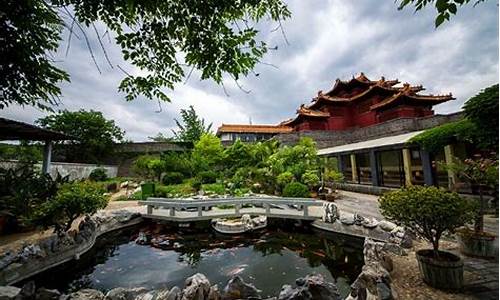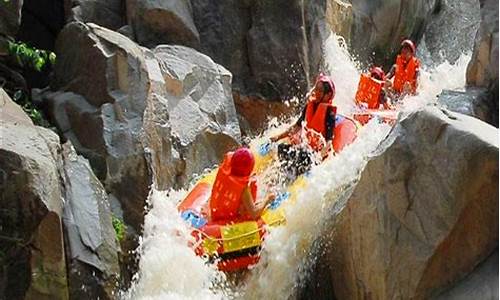seahorse_seahorse细胞能量代谢分析仪
1.英文翻译
2.密码环是什么
3.seahorsebaselineOCR跟什么有关

Seahorses belong to the family of Syngnathidae. This word
is a bination of o Greek words Syn-meaning fused and Gnathus-which me jaws. Hippcampus is the genus that they belong too. Hippos me horse and campus
me sea-monster in Greek. Facts about Seahorses: International protection was provided to seahorses on May 15th
2004. Seahorses differ in color
some are orange
red
yellow
green and even grey. Zebra stripes and spots
are o patterns that seahorses e in. A herd
is the term a group of seahorses are known as. Seahorses he an interior skeleton. Seahorses are unable to curl their tail backwards. Seahorses belong to the Teleost suborder or bony fish group. The erage lifespan of a seahorse in the wild is estimated to be 1 to 5 years. Seahorses beat their dorsal fins back and forth to propel themselves through the water in an upright position. The food that seahorses eat pass into their digestive systems very quickly as they do not he a stomach and teeth. As the digestion procedure in seahorses is so quick they need to constantly eat to live. Daphnia
cyclops
larvae or mysids are *** all living things that seahorses feed on. A seahorse that is o weeks old can consume 3000 to 4000 brine shrimp in a day. Seahorses he a single mate for life. Every morning
they e together
dance
change their color
irl around with linked tails and then separate for the rest of the day. While mating
seahorses utter musical sounds. Mating is usually done under a full moon. These little creatures are at risk because about enty-five million of them are being traded around the world
in a span of a year. 小海马由雄海马负责孵育。雄海马的腹部有皮囊,雌海马把卵产在这个皮囊内。卵受精后,约四十~五十天,就孵出小海马来。通常,小海马都在两公分以内。等它们成熟,离开海马爸爸的「育儿袋」后,就必须独立生活了。 海马属于海马科,分布在热带和亚热带的浅海中,喜欢海藻很多的地方。全身披有骨质鳞片,身长大约在十五公分左古右。游泳时,身体直立,用背鳍划水前进,速度并不快。休息时,将尾巴缠绕在海藻上。遇到小虾等甲壳类的小动物,就把他们整个吞进肚里,因为海马没有牙齿可以咬嚼。
英文翻译
Seahorses are a species of fish belonging to the fish family Syngnathidae, which also includes pipefish. The pipefish and seahorse are found in tropical waters all over the Caribean.
Seahorses range in size from 16 mm (the recently discovered Hippocampus denise[2]) to 35 cm. Seahorses and pipefishes are notable for being the only species in which males become "pregnant".[3]
It has a dorsal fin located on the lower body and pectoral fins located on the head near their gills. Some species of seahorse are partly transparent and are rarely seen in pictures.
Sea dragons are close relatives of seahorses but he bigger bodies and leaf-like endages which enable them to hide among floating seaweed or kelp beds. Seahorses and sea dragons feed on larval fishes and amphipods, such as small shrimp-like crustaceans called mysids ("sea lice"), sucking up their prey with their small mouths. Many of these amphipods feed on red algae that thrives in the shade of the kelp forests where the sea dragons live.
Seahorses reproduce in an unusual way: the male becomes pregnant. As stated on The Seahorse Project, "The female inserts her ovipositor into the male’s brood pouch, where she deposits her eggs, which the male fertilizes. The fertilized eggs then embed in the pouch wall and become enveloped with tissues." New research indicates the male releases sperm into the surrounding sea water during fertilization, and not directly into the pouch as was previously thought.[4] Most seahorse species' pregnancies lasts roximately two to three weeks.
Hatched offspring are independent of their parents. Some spend time developing among the ocean plankton. At times, the male seahorse may try to consume some of the previously released offspring. Other species (H. zosterae) immediately begin life as sea-floor inhabitants (benthos).
Seahorses are generally monogamous, though several species (H. abdominalis among them) are highly gregarious. In monogamous pairs, the male and female will greet one another with courtship displays in the morning and sometimes in the evening to reinforce their pair bond. They spend the rest of the day separate from each other hunting for food.
密码环是什么
海马是一种奇特的鱼类。你知道它的头像什莫吗?他的头像马。你可以用一只手拿起它。它以头朝上尾朝下的方式游泳。这种奇怪外观的鱼总是很沉默。它会用尾巴挂上一些水草。当其他的小鱼路过的时候,海突然跳起来然后吃掉它。雌性海马在海滨下蛋,雄性海马则用肚囊保护这些蛋。当这些蛋孵化出来的时候,他们将从肚囊跳到海里。
seahorsebaselineOCR跟什么有关
答案如下:
1.是一种赛鸽报到用密码环,其特征在于它是由自贴式密码条与介质卡环组成,自贴式密码条为一一式两份的不干胶贴材条,由基纸、涂不干胶的贴材及不干胶贴材外表面上覆有的灰墨涂层构成,不干胶贴材外表面上覆有的灰墨涂层上印有参赛标志。
2.密码环也指银行保管范畴。密码环提供的就是这样一机制,即用户输入一个全局密码来证明用户的身份,从而可以使用所有密码。
Seahorse检测时将细胞培养在专用的微孔板上,实时检测加入不同药物后的耗氧率(O2 consumption rate,OCR)和胞外酸化率(extracellular acidification rate,ECAR),来表征细胞的代谢状况。其中OCR由线粒体电子传递造成,ECAR则源自乳酸发酵(糖酵解酸化)和线粒体产生的二氧化碳(线粒体酸化)。
OCR用来研究线粒体氧化磷酸化功能。检测时一般先测定正常状态下的基础呼吸(basal respiration),然后加入寡霉素(oligomycin)抑制ATP合酶,这是OCR显著下降,仅余下质子渗漏(proton leak)造成的耗氧率。降低部分即为氧化磷酸化的耗氧率(ATP production)。
声明:本站所有文章资源内容,如无特殊说明或标注,均为采集网络资源。如若本站内容侵犯了原著者的合法权益,可联系本站删除。












